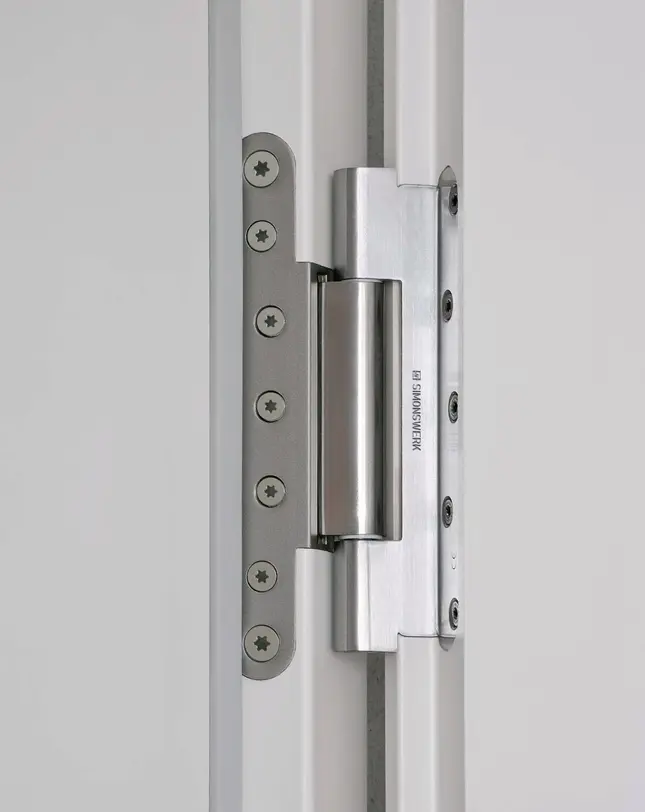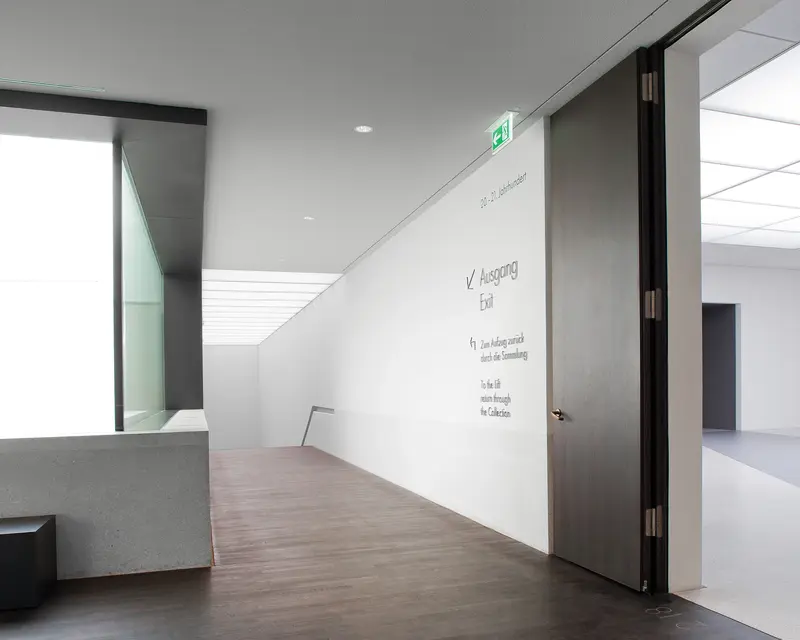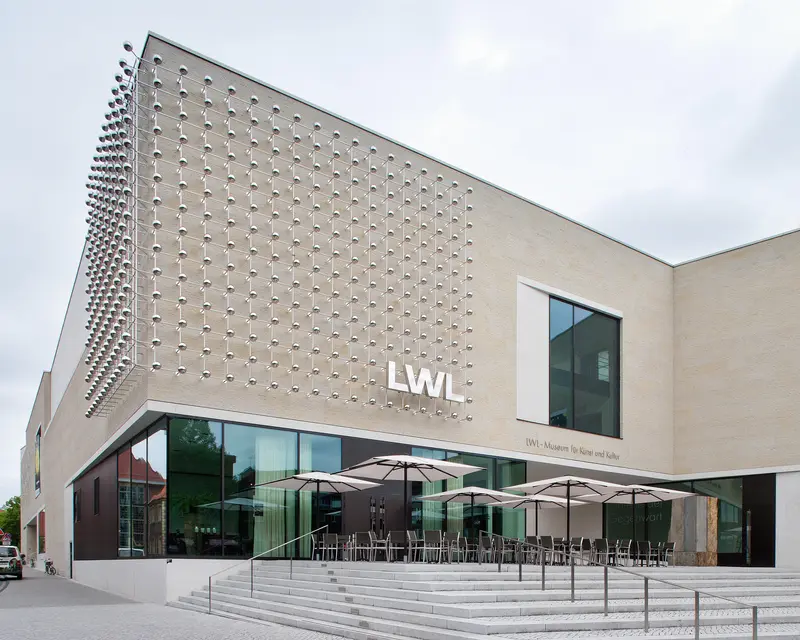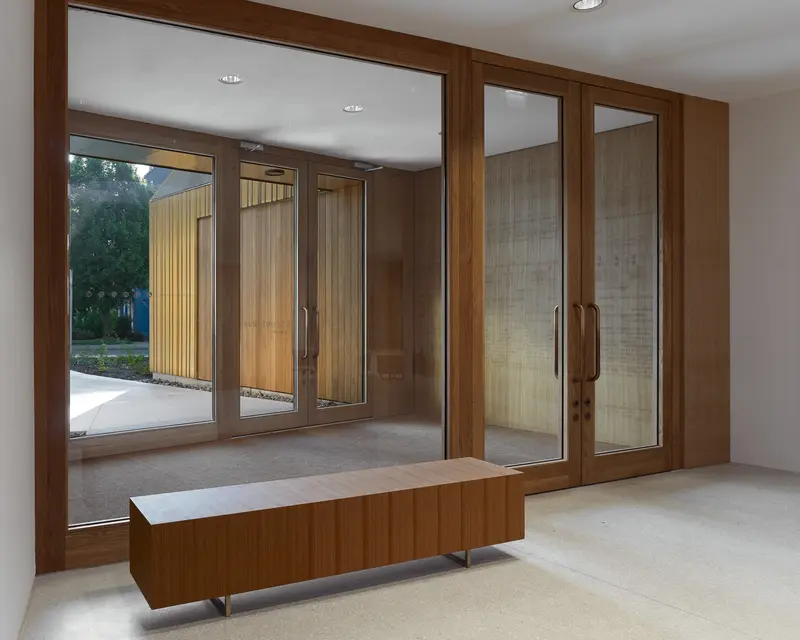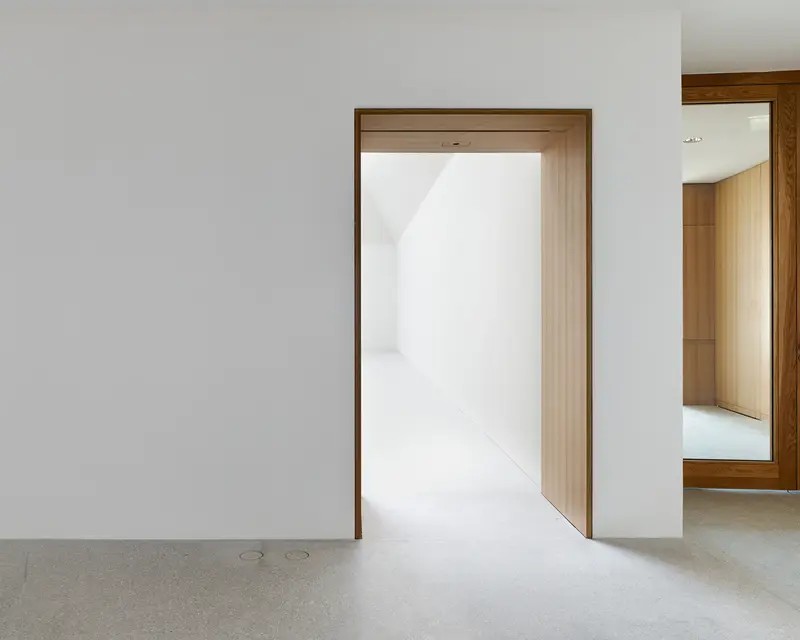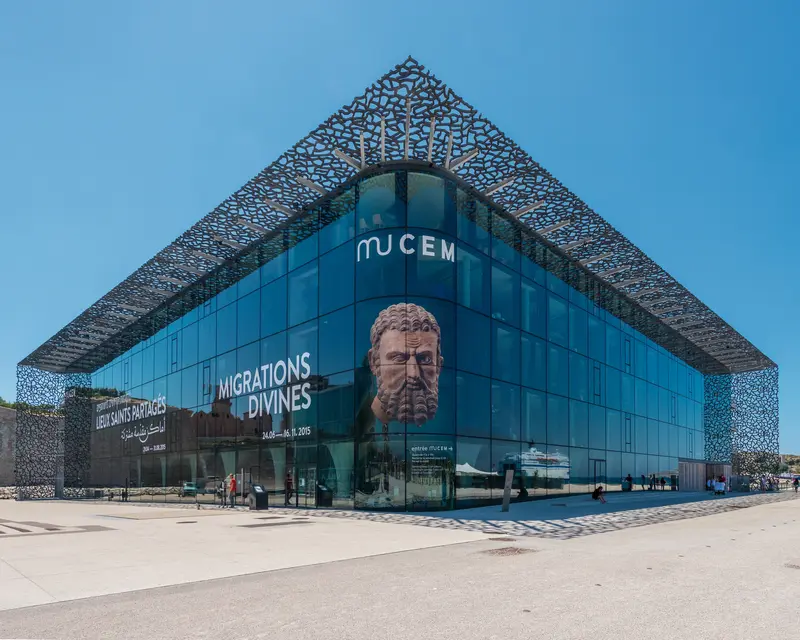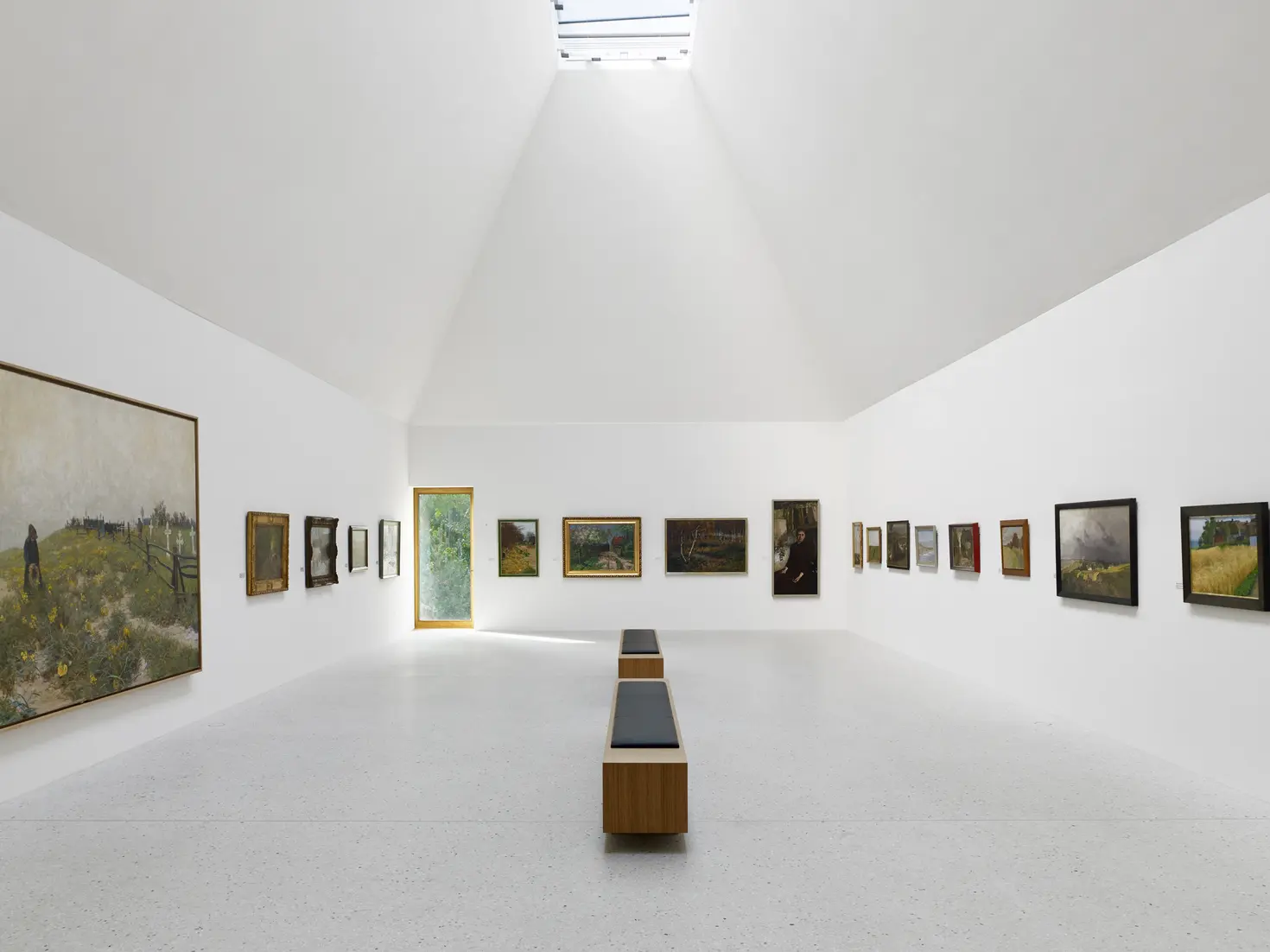
Museum buildings: where art and architecture merge
- 4 MIN. READ
- 2023-10-25
Museums are not just places of education and culture, but often veritable architectural masterpieces in their own right. The role performed by these fascinating buildings has many layers: they preserve artworks and collections with the greatest dependability, simultaneously creating an inspiring environment where visitors can experience the multifaceted world of art. Museums therefore serve as an interface between history and the present, tradition and innovation, and are important cultural institutions which captivate art lovers, historians and tourists.
Not only are the exhibited artworks crucial to allow curious visitors to have an unforgettable trip, but also the architectural details. Doors and doorways in particular influence their experience as they ensure visitors slow down their pace and look around the room, guiding them through the exhibition. In architecture, they have a role in setting the scene and are essential for the effect a building has.
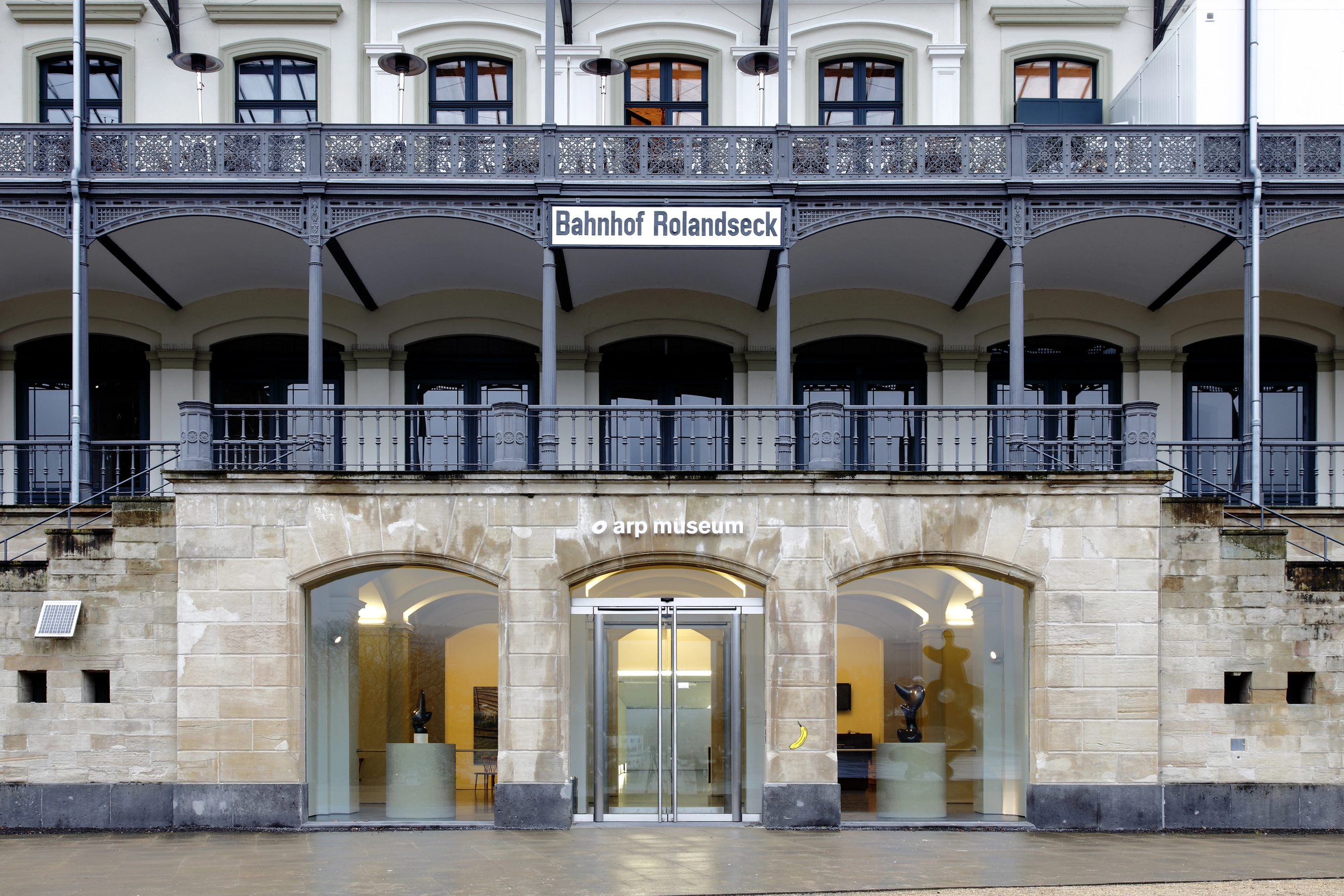
The best example of this is the Arp Museum Bahnhof Rolandseck in Remagen, which affords impressive views across the Rhine river. It consists of the historic station building with the new building by the American architect, Richard Meier, added to it. The two structures are connected by a lift and a tunnel, which runs underneath the railway tracks. The ceiling of the tunnel is glazed at the end and affords a wonderful view of the surroundings. Richard Meier incorporates nature into the spatial concept by using large glass façades, creating a spectacular atmosphere. At this exceptional place, the VARIANT VX hinge solution creates the optimal connection between door and frame.

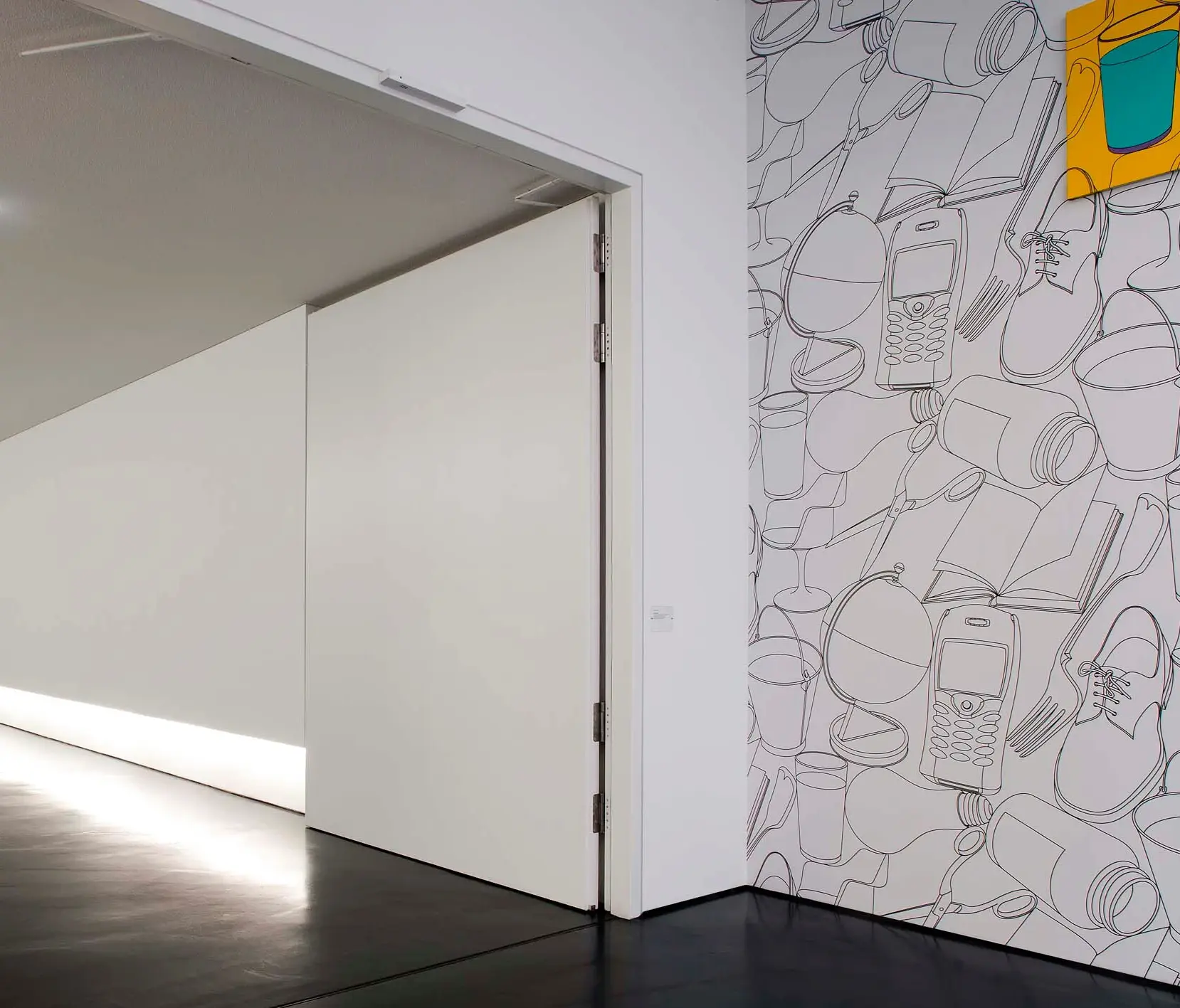

The Ahrenshoop Museum of Art is located on the Fischland-Darss-Zingst peninsula by the Baltic Sea and impresses not only because of its collection of North German art but also because of its unique architecture. The museum was opened in 2013 and was designed by the renowned architect, Volker Giencke, who was inspired by thatched farmhouses when designing its shape.
This allows the building to blend into the idyllic surroundings of the Baltic spa town of Ahrenshoop, skilfully combining the architectural elements of traditional fishermen’s houses with contemporary design. Here too, the hinges from the VARIANT VX brand are small details with a big effect, impressing with a load capacity of up to 400 kg.
The MuCEM (Musée des Civilisations de l'Europe et de la Méditerranée) in Marseille impresses with its unique architecture. Designed by architect Rudy Ricciotti and Roland Carta, the building is characterised by its striking latticework shell. It extends along the historic Fort Saint-Jean and is connected to Marseille’s old town by an impressive footbridge. This architecture embodies the merging of history and the modern which characterises the region.
These exceptional rooms were equipped with the TECTUS concealed hinge system, which can take loads of up to 300 kg. It allows an opening angle of 180 degrees and can be used on frames made of timber, steel or aluminium.
The VARIANT VX and TECTUS hinges therefore effortlessly meet the demanding requirements of museum buildings. Thanks to their unique properties, outstanding quality and exclusive design features, they are ideal for heavily frequented doorways, prestigious entrances and oversized exits.
The new article "Museum buildings: where art and architecture merge" from our online magazine is available for you to download. Once downloaded, you can read the article offline anytime and anywhere.
